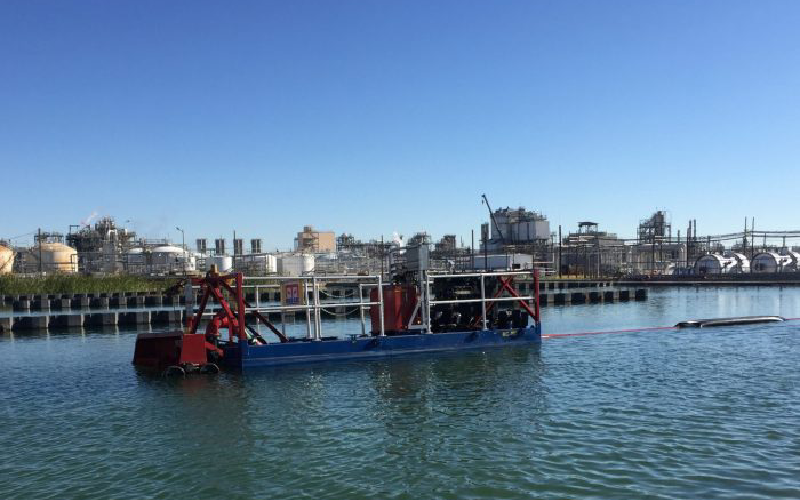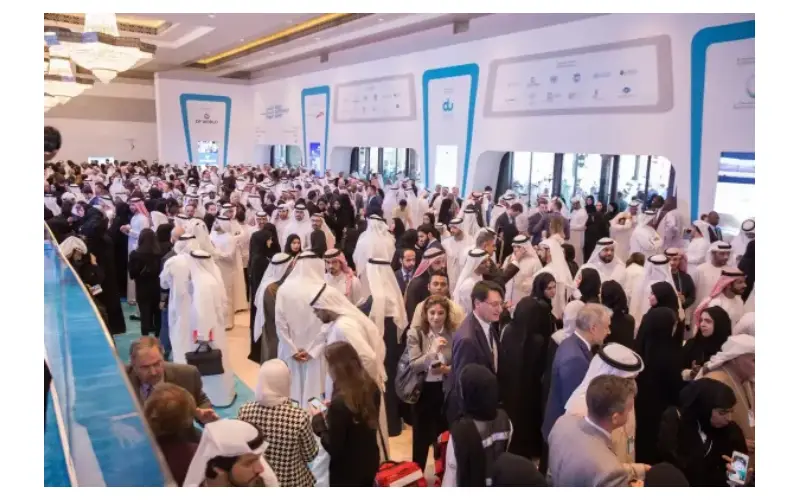Industrial pond dredging is essential for maintaining the productivity and sustainability of industrial operations. Ponds and basins are commonly used in industrial settings as storage or processing facilities for wastewater, oil and gas, and other by-products. Over time, sediment and contaminants can accumulate in these ponds, leading to reduced capacity, decreased efficiency, and potential environmental hazards. Therefore, regular dredging is necessary to maintain the functionality and performance of these ponds. However, traditional dredging methods can be costly and inefficient, causing a strain on resources and profits. In this article, we will explore efficient and cost-effective industrial pond dredging solutions that can maximize profits, unlock potential, and sustainably manage operations.
Maximizing Profits With Industrial Pond Dredging
One of the main concerns of industrial operations is maintaining profitability. Traditional dredging methods can be time-consuming and costly, leading to a significant financial burden. However, opting for more efficient and cost-effective industrial pond dredging solutions can help maximize profits. One such solution is the use of dredge pumps, which can be fitted with various attachments to target specific types of sediment. This allows for precise and quick removal of the sediment, reducing the time and resources needed for dredging. Furthermore, advancements in technology have led to the development of automated dredging systems that can be remotely controlled, eliminating the need for manual labor, and reducing costs. By using these innovative dredging techniques, industrial ponds can be dredged in a shorter period, leading to minimal downtime and increased profitability.

Unlocking The Potential Of Industrial Pond Dredging
Industrial pond dredging is not just about removing accumulated sediment. It can also unlock the potential of these ponds for various industrial processes. By efficiently removing sediment and contaminants, the storage or processing capacity of these ponds can be increased. This allows for higher production levels, leading to increased revenue. Furthermore, dredged sediment can also be repurposed for construction purposes, such as creating new industrial land or building materials, providing an additional source of income.
Sustainably Managing Industrial Pond Dredging Operations
In today’s environmentally conscious world, industries must also consider the sustainability of their operations. Traditional dredging methods can be disruptive to the ecosystem and contribute to environmental degradation. Therefore, modern industrial pond dredging solutions focus on sustainable practices. One such method is the use of silt curtains, which contains sediment and prevents it from spreading into surrounding water bodies. Additionally, advanced dredging equipment and techniques can also minimize disturbance to surrounding wildlife and habitats. This sustainable approach not only benefits the environment but also protects the industry’s reputation and minimizes potential legal and financial consequences.
Innovative Techniques For Industrial Pond Dredging Success
Innovation is key to improving efficiency and reducing costs in industrial pond dredging. One example of this is the use of a dredging robot, which can maneuver through tight and hard-to-reach areas, making it ideal for industrial ponds with complex structures. This reduces the need for additional equipment and manpower, leading to cost savings. Another innovative technique is geo-bag dredging, which uses large bags to contain sediment and pump it out of the pond. This method is highly effective in areas where traditional dredging is not feasible, thus expanding the reach of industrial pond dredging.
Streamlining Industrial Pond Dredging For Enhanced Efficiency
Streamlining industrial pond dredging operations is crucial for maximizing efficiency and minimizing costs. This can be achieved by analyzing the pond’s topography and identifying the most efficient dredging methods. By utilizing dredging equipment and techniques that are specific to the pond’s conditions, the dredging process can be completed quickly and efficiently. Additionally, regular maintenance dredging can also be scheduled to prevent sediment buildup and avoid costly emergency dredging operations in the future.
Optimizing Industrial Pond Dredging For Cost-Effective Results
Industrial pond dredging solutions must also prioritize cost-effectiveness. By opting for efficient dredging methods discussed earlier, industries can significantly reduce operating costs. Furthermore, utilizing suitable dredging equipment, such as hydraulic dredgers or vacuum dredgers, can also save on fuel and operational expenses. Moreover, by regularly monitoring sediment levels and implementing preventive maintenance measures, industries can avoid costly emergency dredging operations.
Effective Strategies For Industrial Pond Dredging Solutions
Overall, the key to achieving efficient and cost-effective industrial pond dredging is to utilize a combination of innovative techniques, sustainable practices, and streamlined operations. By incorporating these strategies, industries can improve the functionality and performance of their ponds, maximize profits, and protect the environment. It is essential to partner with experienced and reputable dredging companies that have the expertise and equipment to provide effective industrial pond dredging solutions.
Conclusion
It is clear that efficient and cost-effective industrial pond dredging is vital for sustaining industrial operations. By utilizing innovative techniques, streamlining operations, and prioritizing sustainability, industries can maximize profits while minimizing the environmental impact. With the help of experienced dredging companies, industries can develop customized dredging solutions that cater to their specific needs, ensuring the continued success of their operations.

Meet Erwin Grant, a passionate author residing in the bustling streets of the United States. With a keen interest in business, Erwin delves into the world of entrepreneurship through his insightful blogs. With each post, he shares valuable insights and strategies, enriching his readers’ understanding of the dynamic business landscape. Join Erwin on his journey of exploration and enlightenment in the realm of commerce.




